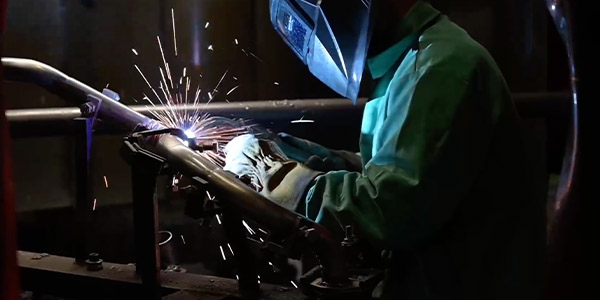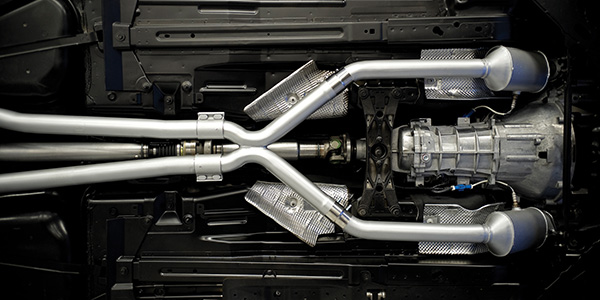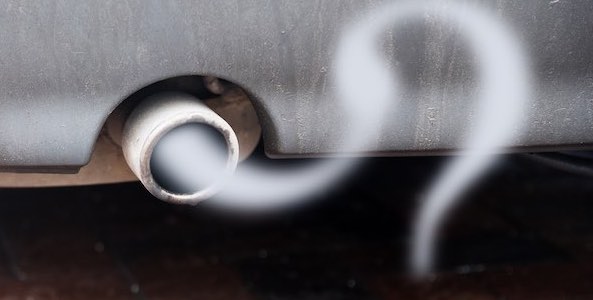

One of the most effective ways to resolve emissions issues is by sampling the exhaust gases with a five-gas analyzer. Levels of the five gases can indicate the root cause of the problem:
• High HC emissions indicate unburned fuel.
• High CO levels indicate partially burnt fuel or oil.
• High NOx levels are normally caused by high combustion temperatures and pressures, slightly lean AFR and excessively advanced ignition timing.
• Tailpipe emissions readings low in HC and CO levels with high NOx emissions are typically NOT caused by a defective converter. The low HC and CO readings indicate that the converter is functioning. The root cause of the problem is an engine which is emitting excessively high NOx emissions. These high NOx emissions may reduce the durability and efficiency of the converter.
Mazda Tech Tip: Sulfur Or Rotten Egg Smell/Odor From The Exhaust
On some Mazda vehicles, a sulfur smell or rotten egg odor may be noticed coming from the exhaust system. The odor is usually noticed after a cold start, fast idle, extended periods of idling and full-throttle acceleration. The sulfur smell is not an indication of an engine concern and will not cause reduced driveability or durability of the engine or any of its emission components.
On some Mazda vehicles, a sulfur smell or rotten egg odor may be noticed coming from the exhaust system. The odor is usually noticed after a cold start, fast idle, extended periods of idling and full-throttle acceleration. The sulfur smell is not an indication of an engine concern and will not cause reduced driveability or durability of the engine or any of its emission components.
Poor Engine Performance Linked To Converter Failure
Today’s modern vehicles are equipped with a sophisticated emissions control device. These fail when the engine is not tuned up, as this leads to overworking the converter, overheating and possible clogging.
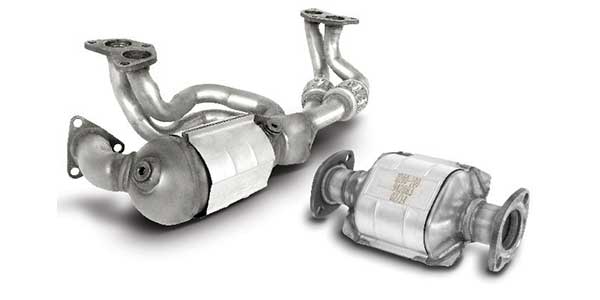
VIDEO: Detecting Leaks With A Scan Tool?
Andrew Markel explains how a scan tool can be used to detect a leak in the exhaust manifold. Sponsored by Auto Value and Bumper to Bumper.

Diesel Exhaust Particulate Filters: How Do They Work, What Do They Do?
The Diesel Particulate Filter (DPF) is a ceramic filter that has thousands of tiny channels or honeycomb-shaped openings that trap the soot onto the channel walls and prevent the particulate matter (down to 1 micron) from exiting out the tailpipe. The honeycombed inner structure is covered with a layer of a chemical catalyst that contains small amounts of precious metals, usually platinum or palladium.
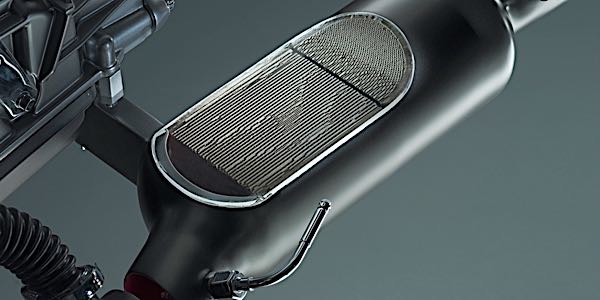
Oxygen Sensor And Catalyst Efficiency
The catalyst efficiency monitor verifies the catalytic converter is operating at a high enough efficiency rating to keep exhaust emissions within the predetermined values. The PCM compares the signals from the upstream and downstream oxygen sensors to determine the state of the converter. These “tests” are called the readiness monitors.
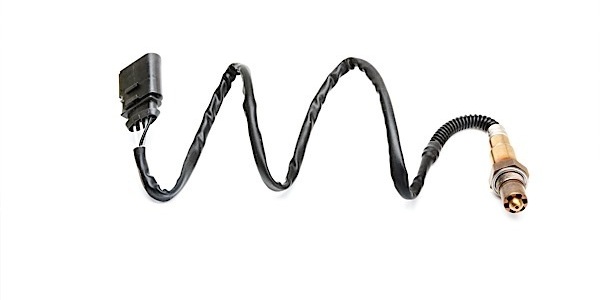
Other Posts
Direct Fit Catalytic Converters Features and Benefits
Four qualities stand out the most when looking at these catalytic converters. Sponsored by AP Emissions.
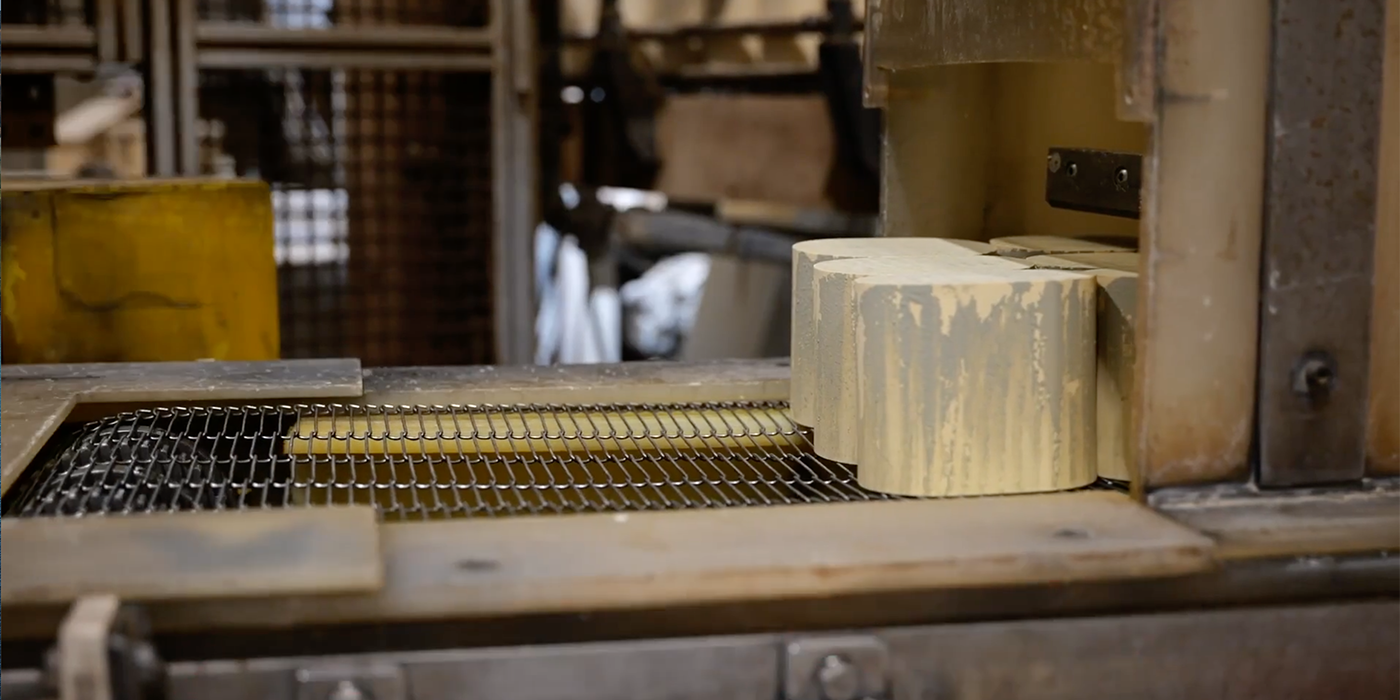
EGR, Secondary Air Injection And Emissions Management
EGR systems put a small amount of inert gas into the combustion chamber to control the temperatures.

Catalytic Converter Theft (VIDEO)
In some cases, thieves can remove a catalytic converter in less than one minute. This video is sponsored by AP Emissions.
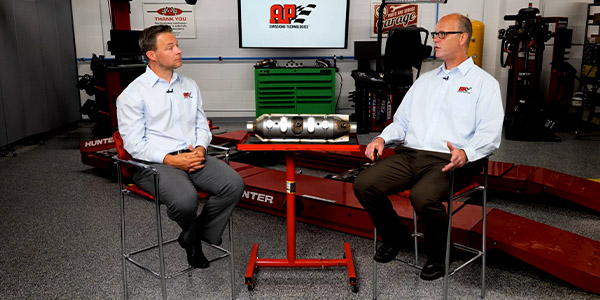
Catalytic Converter Development Process (VIDEO)
Experts discuss the catalytic converter development process from start to finish. Sponsored by AP Emissions.
